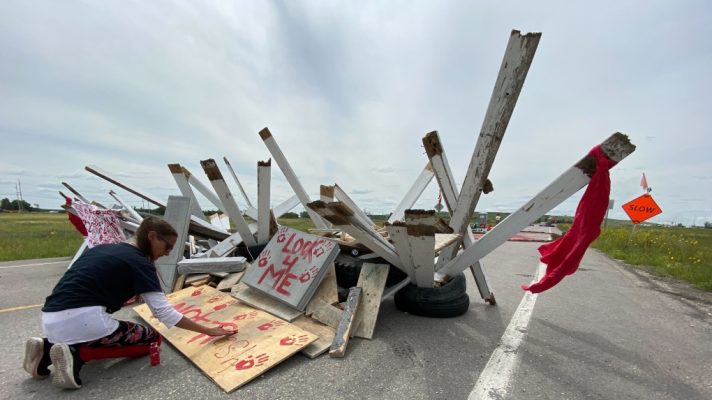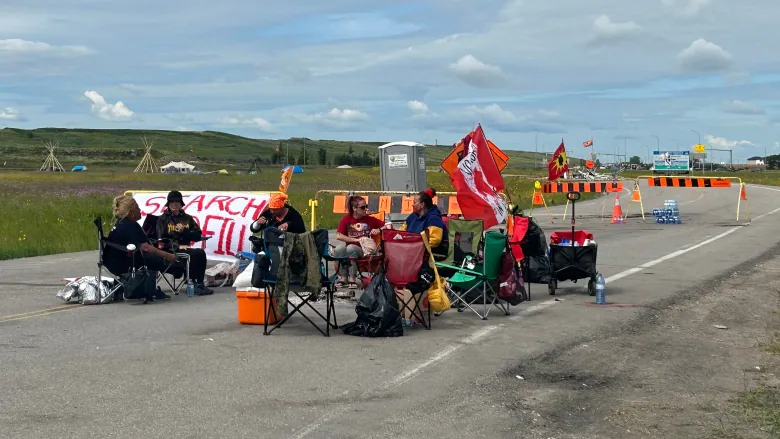Brady Landfill Blockade: A Stand for Justice and Awareness
The Brady Landfill blockade in Winnipeg, Canada, continues to be a site of protest despite a court-ordered injunction. This event, known as the Brady Landfill Blockade, has drawn attention to the plight of missing and murdered Indigenous women.
Protesters, who have been served with an injunction compelling them to clear the roadway. Remain undeterred, asking for more support and refusing to back down. The Brady Landfill Blockade has become a symbol of resistance and a call for justice.
The Persistence of the Brady Landfill Blockade Protesters
The Brady Landfill Blockade has seen protesters standing their ground, even in the face of legal action. The court-ordered injunction, served on Friday evening, has not deterred the protesters. Instead, they burned the papers and continued their demonstration.
The protesters, who have set up camp at the site, are calling for more moral aid and support from the public. The Landfill Blockade is a testament to their determination and resilience.
One of the protesters, Tracy Fiddler, wore a dress adorned with red broken hearts to commemorate missing and murdered Indigenous men and boys. She called on supporters of the red dress movement to join the front lines of the Landfill Blockade.
You may also like: Brady Road Landfill Protest Leads to Closure in Winnipeg

This act has added a poignant symbol to the protest, highlighting the human cost of the issue they are protesting. The Landfill Blockade is not just a protest site; it’s a platform for raising awareness and advocating for change.
The Brady Landfill Blockade is not just a protest; it’s a call for action. Protesters are urging officials to search the privately-owned Prairie Green Landfill for the remains of several missing and murdered Indigenous women.
Despite the feasibility study suggesting that the search could cost upwards of $183 million and take years to complete. The protesters remain steadfast in their demand. The Landfill Blockade is a call for justice, a demand for action, and a plea for recognition of the issues faced by Indigenous communities.





